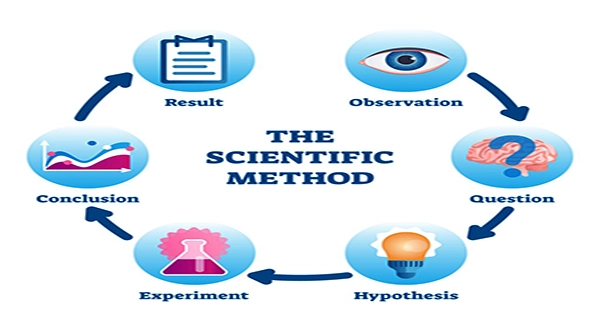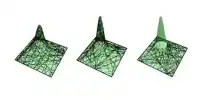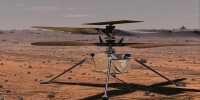The scientific method is a procedure used by scientists to explore, confirm, or create a precise and trustworthy model of any natural phenomenon. They are carried out by developing an objective framework for scientific inquiry, analyzing the findings objectively, and drawing a conclusion that either confirms or disproves the initial observation.
Steps of the Scientific Method
Ask a Question: A scientific method begins with this. One must first make an observation about any phenomenon or part of the cosmos that may be observed and then pose a question about it. The scientific method begins with a question concerning an observation that you make, such as “How,” “What,” “When,” “Who,” “Which,” “Why,” or “Where.” Some teachers demand that the question for a science fair project be something you can quantify, preferably with a number.
Research: Make a background check. To properly cite your references, note your sources. A large portion of your research may be done online in the modern era. To verify the references, go to the bottom of the article. You can typically browse the abstract of a published study to see a summary of other trials even if you don’t have access to the entire text of the publication. Query subject-specific authorities. The easier it will be to do your inquiry, the more you will understand about the issue.
Hypothesis: Put out a theory. This is kind of a hunch on what you anticipate. It is a claim made to foretell how an experiment will turn out. A hypothesis is typically expressed in terms of cause and effect. As an alternative, it might explain the connection between the two phenomena. The null hypothesis, often known as the no-difference hypothesis, is one sort of hypothesis. This kind of hypothesis is simple to test because it makes the assumption that altering a variable will have no impact on the result. Although you certainly anticipate a change, in reality, it sometimes makes more sense to reject a theory than to accept it.
Experiment: Create and run an experiment to verify your theory. There are independent and dependent variables in an experiment. You alter or manage the independent variable, then note how it affects the dependent variable. Instead of attempting to mix the effects of various factors in an experiment, it is vital to adjust only one. For instance, doing an experiment to compare the effects of fertilizer content and light intensity on a plant’s growth rate truly necessitates conducting two distinct studies.
Data/Analysis: Make notes about observations and interpret the results. You’ll frequently create a table or graph with the data. Don’t disregard data pieces that you believe to be flawed or that contradict your forecasts. The fact that the data seemed odd led to some of science’s most amazing discoveries! Depending on the facts you have, you might need to do a mathematical analysis to confirm or disprove your theory.
Conclusion: Decide whether your hypothesis is correct or incorrect. Either outcome of an experiment is acceptable because there is no right or incorrect answer. Accepting a hypothesis does not prove it is true, of course! Repeating an experiment can occasionally provide unexpected results. In other situations, even while a hypothesis might predict a result, you might still come to the wrong conclusion. Inform others about your findings. The outcomes may be formally presented as a paper or combined into a lab report. Whether you agree with the hypothesis or not, you probably learned something new about it. You might want to change the original hypothesis or come up with a new one for a subsequent experiment.















